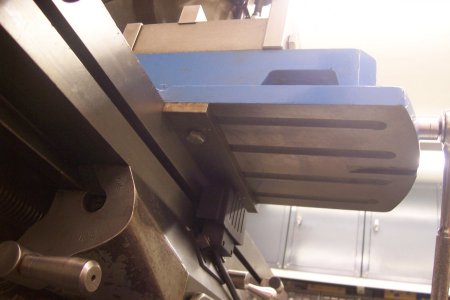- Joined
- Jul 10, 2013
- Messages
- 1,212
Here is another way to tram a vise on a mill that I have not seen anywhere else. My mini mill is a LMS 3960 so I believe that this will work on a mill of similar type. I found out that the jaws on a mill vise can be taken from the inside and placed on the outside so one can hold larger work. Got this from watching a Blondihacks. So, it got me thinking. Is the flat surface of the column parallel to the X axis? Mounted the vise on the table leaving both screws slightly loose. Put a 123 block between the column and the outside of the vise where the jaw would be mounted. Tightened the X screw enough so there is no light between the surfaces. Tightened the screws on the vise and backed out the X to release the 123 block. Check it the usual way with dial indicator, there was barely any movement on the needle! This was the quickest and easiest way that I have trammed a vise on a mill. Sorry that I don't have pictures. Right now the mill is apart for cleaning and adding the LMS "Tweaks & Enhancements Kit. Soon as I get done, pictures will come, at least some diagrams. Mark


